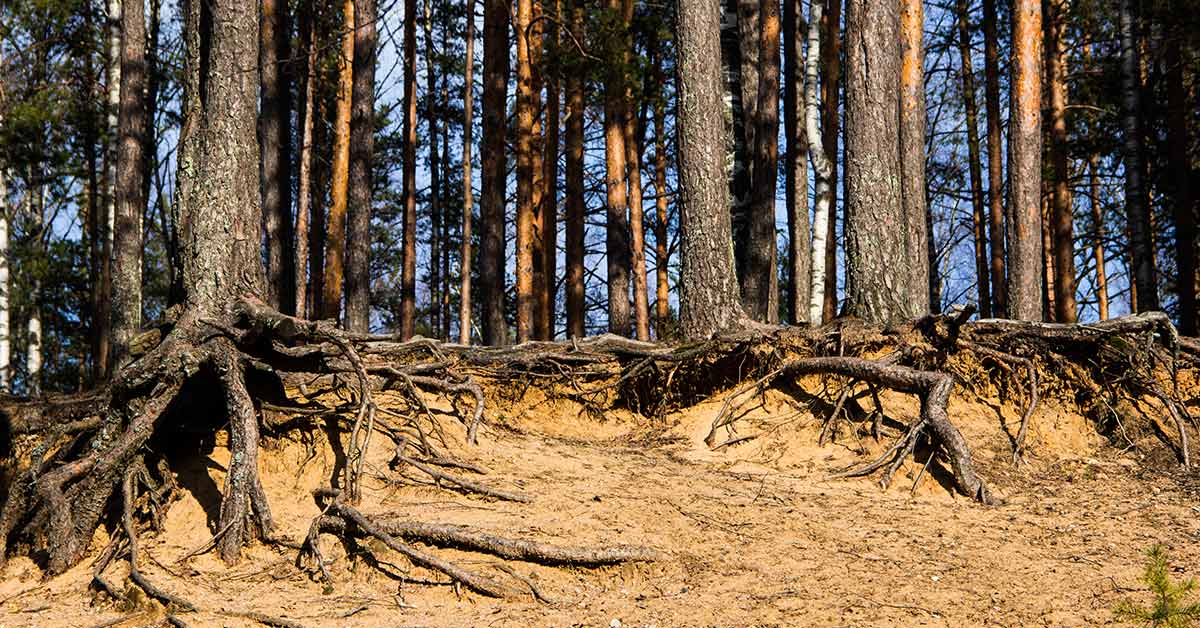According to new research, trees may have a lot more going on than we originally thought. Many times I’ve wondered: do trees have feelings? They might have feelings, or something akin to feelings. Here’s what we know.
Do trees have feelings?
“They can feel pain, [and] have emotions, such as fear. Trees like to stand close together and cuddle. They love company and like to take things slow.” These are just some of tree-whisperer Peter Wohlleben’s findings. Peter is a German researcher who not only enjoy being surrounded by trees, he has devoted his life to studying them.
“There is in fact friendship among trees,” he says. “They can form bonds like an old couple, where one looks after the other. Trees have feelings.”
Intelligent Trees is a new documentary is by German forester, author, and tree expert, Peter Wohlleben, along with Suzanne Simard, who is an ecologist from the University of British Columbia. Watch the trailer below to get a glimpse into it.
“They can form bonds like an old couple, where one looks after the other. Trees have feelings”

“Trees like to stand close together and cuddle. They love company. They can feel pain, [and] have emotions, such as fear”
Not only that, but trees are also believed to have something similar to what we would call a heartbeat.
Dr András Zlinszky at Aarhus University, Denmark, used a laser scanning technique to measure the exact location of branches and leaves of 22 tree and shrub species. Last year he published observations of substantial unexpected movement cycles. Science has found some trees raise and lower their branches several times in the course of the night, indicating a cycle of water and sugar transportation, like their own version of a heartbeat.
“We detected a previously unknown periodic movement of up to 1 centimeter (0.4 inches) in cycles of two to six hours,” Zlinszky said in a statement. “The movement has to be connected to variations in water pressure within the plants, and this effectively means that the tree is pumping. Water transport is not just a steady-state flow, as we previously assumed.”
During the night some trees lower their branches by up to 10 centimeters (4 inches) before raising them again with the Sun. The process is so slow and subtle until recently we thought only certain families do it, but we are now learning it is more widespread.
Most distinctively, a magnolia (Magnolia gradiflora) goes through three full cycles of adjusting its branches, indicating changing water pressure and therefore pumping during the course of a night.
Watch the incredible trailer below:

